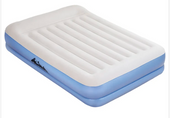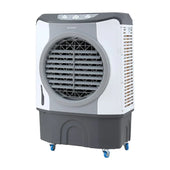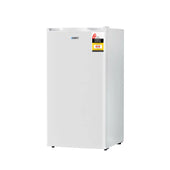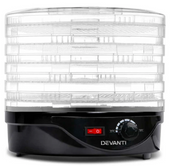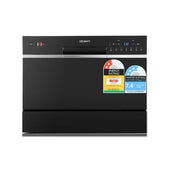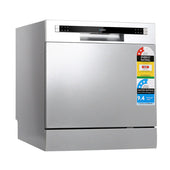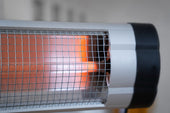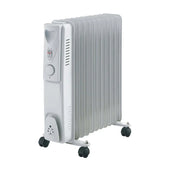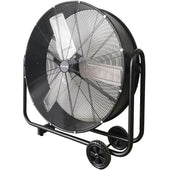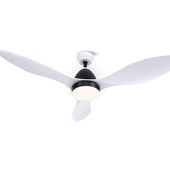Introduction: Why a Spotless Kitchen Sink Matters
A clean kitchen sink is more than just a mark of tidiness—it directly impacts hygiene and overall wellbeing. It serves as the central hub for food preparation, washing, and cleaning, meaning it comes into contact with a wide range of bacteria and residue. Without regular maintenance, grime can accumulate, leading to foul odours, stains, and even pest infestations.
Maintaining a spotless sink preserves the durability of its material, whether stainless steel, ceramic, or granite. Additionally, a clean sink complements the aesthetic of the kitchen, creating a welcoming space. Prioritising a spotless kitchen sink ensures functionality and prevents potential health risks.
Understanding Common Sink Materials and Their Care Requirements
Kitchen sinks are crafted from various materials, each with unique qualities and maintenance demands. Stainless steel remains a popular choice due to its durability, resistance to rust, and sleek appearance, but regular cleaning with a non-abrasive cleanser prevents water spots and scratches. At During Days, porcelain sinks boast a timeless aesthetic and require gentle scrubbing with baking soda or non-corrosive cleaners to avoid damaging their glazed finish.
Composite granite sinks, known for their toughness and heat resistance, benefit from routine rinsing and occasional vinegar treatments to prevent stains. Copper sinks develop a natural patina over time; consistent waxing preserves their lustre and enhances protection. Lastly, enamel-based sinks should be cleaned cautiously using soft sponges to avoid chipping the surface. Allocating proper care to materials ensures longevity and maintains pristine condition.
Essential Tools and Cleaning Supplies for a Gleaming Sink
Maintaining a spotless sink requires the right set of tools and cleaning supplies. A microfibre cloth is fundamental for wiping surfaces while avoiding streaks. Soft-bristled brushes are ideal for scrubbing crevices, especially around taps and drains. Non-abrasive sponges are indispensable for tackling grime while being gentle on sink surfaces.
For cleaning solutions, white vinegar and baking soda are natural, effective options; vinegar dissolves limescale, while baking soda deodorises. A mild dish soap works excellently for regular cleaning. Rubber gloves protect hands from harsh chemicals and dirty buildup.
Lastly, a sink strainer prevents clogging by catching debris, while a small squeegee ensures a dry, shiny surface after rinsing.
Daily Maintenance Routine to Prevent Build-Up
To keep the kitchen sink spotless and fresh, it is essential to adopt a consistent maintenance routine. Start by rinsing the sink after each use to remove lingering food particles and residue. Wipe it down using a soft cloth or sponge with warm soapy water to prevent grease accumulation and stains.
For cast-iron or stainless steel sinks, avoid abrasive scrubbers and opt for non-abrasive cleaning products to preserve the finish. Incorporate a gentle scrubbing routine at the end of the day, using bicarbonate of soda for additional shine and deodorisation.
Finally, flush the drain with hot water daily to prevent clogs and unpleasant odours from forming.
Deep Cleaning Techniques for Stubborn Stains and Odours
To tackle stubborn stains and lingering odours in the kitchen sink, start by using a paste made of baking soda and water. Apply it directly to the affected areas and scrub with a soft-bristled brush. This mildly abrasive method can lift stains without damaging the sink surface. For tougher stains, add white vinegar to the baking soda paste; the chemical reaction helps break down grime.
To address odours, pour a mixture of one cup of white vinegar and hot water down the drain, followed by a half-cup of baking soda. Let it sit for 15 minutes before rinsing with boiling water. For persistent smells, citrus peels ground in the garbage disposal can neutralise unwanted scents. Ensure the sink and drain are thoroughly rinsed to remove residue.
Eco-Friendly Cleaning Solutions for a Healthier Home
Switching to eco-friendly cleaning solutions promotes both a sustainable environment and a healthier living space. Natural alternatives to conventional chemical cleaners help minimise exposure to toxins while being gentle on surfaces.
- Baking Soda: An excellent deodoriser and mild abrasive for scrubbing away grime in sinks.
- White Vinegar: Removes hard water stains, dissolves grease, and kills bacteria naturally.
- Lemon Juice: Sanitises, removes odours, and brightens stainless steel finishes effectively.
- Castile Soap: A plant-based soap ideal for general cleaning without harsh chemicals.
Regular use of these solutions is both cost-effective and better for maintaining indoor air quality compared to synthetic products.
How to Properly Clean and Maintain Your Sink Drain
Maintaining a clean sink drain prevents clogs, odours, and bacterial growth. Start by flushing the drain with hot water to loosen debris and grease. Use a mixture of baking soda and white vinegar—pour half a cup of baking soda into the drain, then add half a cup of vinegar. Let it sit for 15 minutes before rinsing with boiling water.
For stubborn build-up, a drain snake or a soft-bristled brush can remove lingering blockage. Clean the sink strainer regularly to catch food particles and reduce residue. Schedule weekly cleaning and avoid pouring oil or coffee grounds into the drain for long-term efficiency.
Preventing Future Issues: Tips for Long-Term Care
Proper maintenance ensures a kitchen sink remains spotless and functional for years. Follow these practical steps:
- Dispose of Waste Properly - Avoid pouring grease, coffee grounds, or fibrous materials, like celery, down the drain to prevent clogs.
- Use Drain Covers - Install strainers to catch debris before it enters the pipes. Empty and clean regularly.
- Flush with Hot Water - Periodically run hot water down the sink to dissolve any grease build-up along the pipes.
- Sanitise Weekly - Use non-abrasive cleaners to disinfect surfaces, keeping bacteria and odours at bay.
- Check Seals and Pipes - Inspect for leaks or cracks. Timely repairs can prevent costly damage later.
These habits will preserve the sink’s performance and hygiene efficiently.
Organisation Hacks to Keep the Surrounding Sink Area Tidy
Keeping the sink area organised enhances both aesthetics and functionality in the kitchen. Implement the following hacks to maintain order:
- Use a Sink Caddy: A sink caddy prevents clutter by holding sponges, brushes, and dishcloths in one place. Choose a model with drainage holes to avoid water pooling.
- Install Hooks or Magnetic Strips: Attach hooks or magnetic strips near the sink to hang frequently used items like scrubbers or scissors. This saves drawer space.
- Invest in Soap Dispensers: Replace multiple bottles with refillable soap dispensers for a cleaner look. Transparent dispensers allow you to track usage.
- Regular Decluttering: Assign a weekly schedule to remove unused or worn-out items from the sink area.
- Utilise Mini Trays: Place small trays to corral smaller items such as handwash bottles or hand towels.
Integrating these techniques encourages a clutter-free and efficient kitchen workspace around the sink.
Final Thoughts: Making Your Sink the Heart of Your Kitchen
Maintaining a kitchen sink that not only serves its purpose but also enhances the overall appeal of your space requires both care and strategy. Regular cleaning routines prevent the buildup of grime and bacteria, ensuring hygiene and long-term durability. By choosing effective cleaning products and utilising proper techniques, homeowners can preserve both the functionality and appearance of their sink.
Additionally, incorporating organisation elements, such as sink caddies or draining racks, can optimise its use, keeping counters clutter-free. Whether stainless steel, ceramic, or composite, understanding the sink’s material can guide the upkeep methods. A clean and well-cared-for sink creates a welcoming atmosphere that resonates throughout the kitchen.









